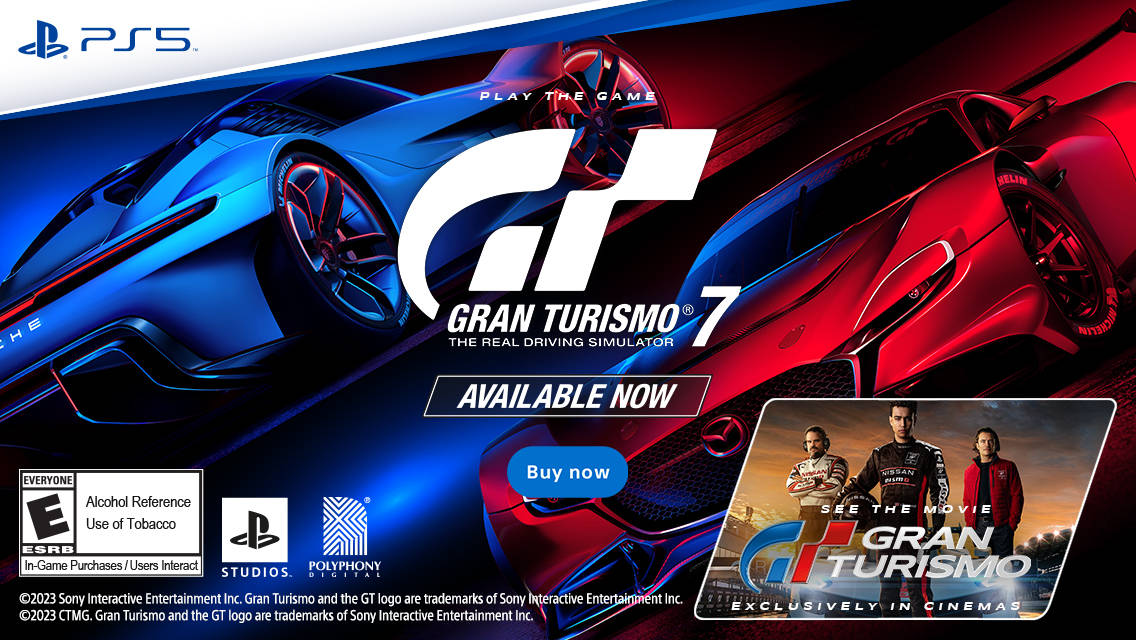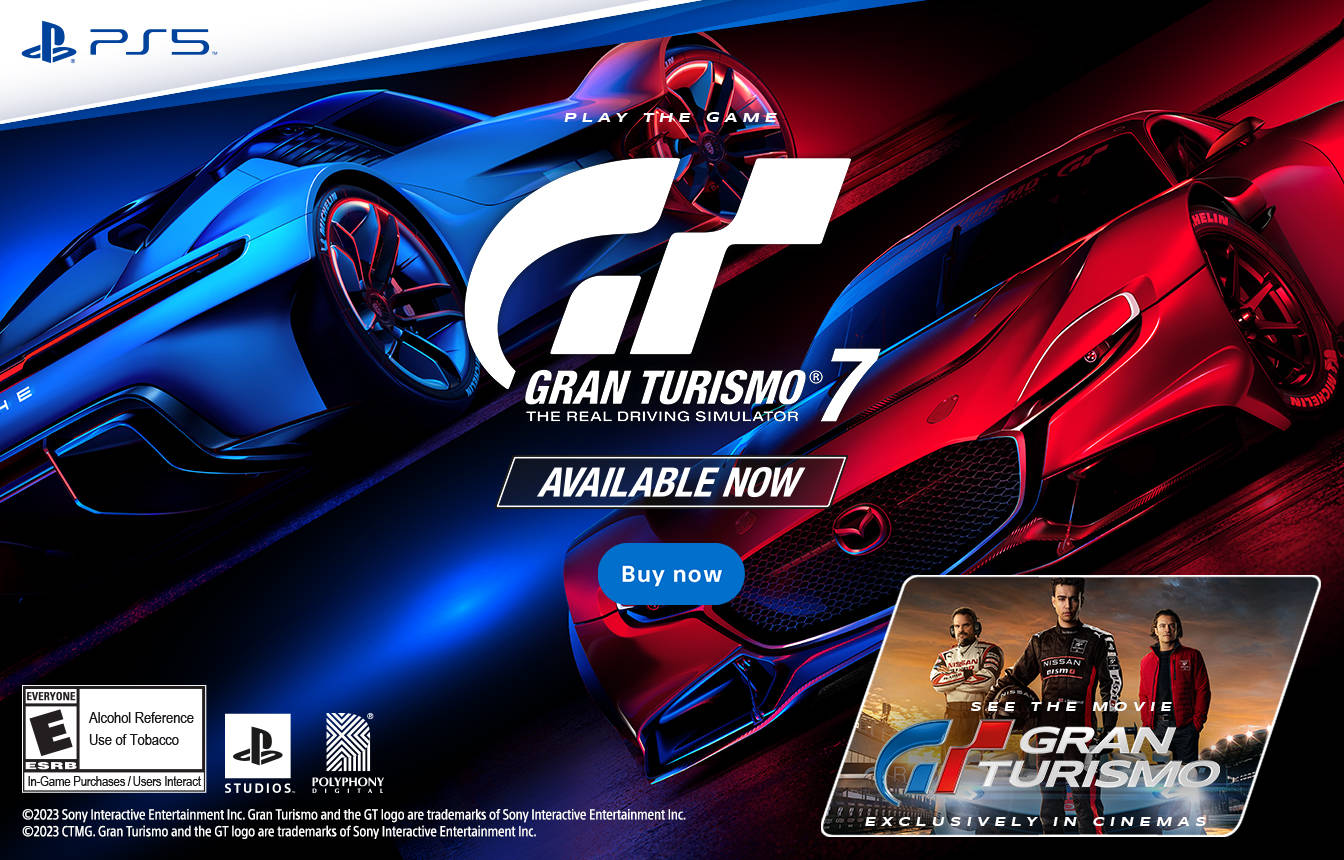SNK’s Samurai Shodown IIis unquestionably my favorite fighting game of all time, and—for good or bad—the bar by which I judge all other genre entries to at least some degree. The recipient of my harshest judgment, however, has been the Samurai Shodown series itself. Since that groundbreaking sequel saw release in 1994, there hasn’t been any further chapter of the franchise that I’ve found to come close to SamSho II’s legacy, be it due to complaints over fighting engines, visual styles, character rosters, balance, or whatever else. If there’s one game I certainly didn’t expect to change that trend, it was the just-released Samurai Shodown, a modern-era soft reboot that would no doubt be as far away from SamSho IIin spirit as it was in time.
And then, something happened—and it’s perhaps the strongest statement I can make about Samurai Shodownin this review. Prior to launch day, finding online opponents was a somewhat tricky proposition. Finally, I ended up getting paired up with another player, and we traded wins in a set of 15-or-so matches. Once we parted ways, I stopped for a moment to focused on one singular thought: I’d just played Samurai Shodown.
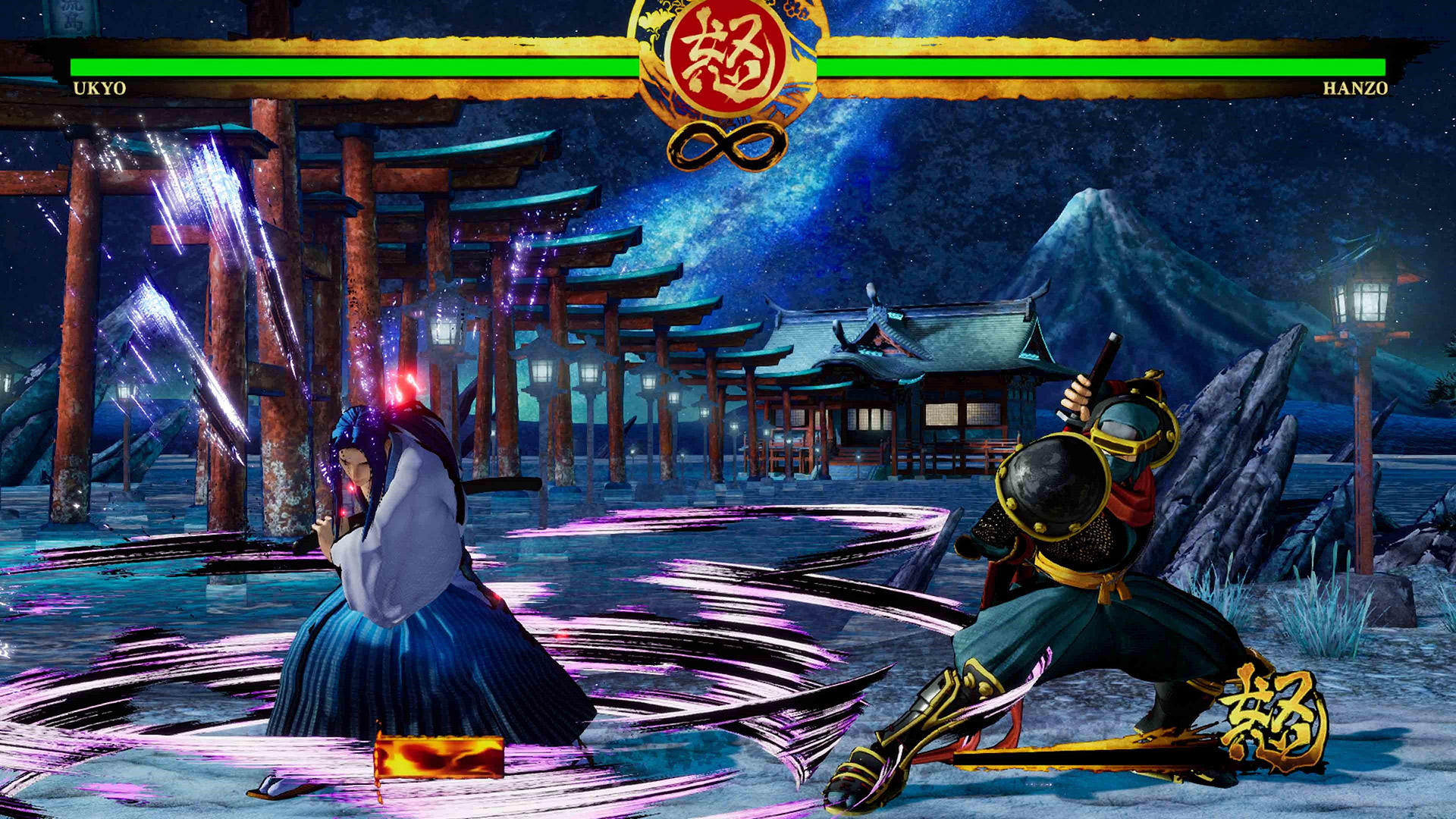
Now, I know that might sound like a weird thing to think, becauseofcourse I had. What I was feeling on a deeper level, however, was that I had had an experience that took me back to what I loved about the series without having to put any quantifiers on it. There was no “it was good for a modern game,” no “it was fun except for this or that,” no trying to convince myself that I had liked something I actually didn’t. As much as I knew that this was a game released in 2019 on the PlayStation 4 crafted with polygons and other modern development techniques, on a mental and emotional level, I could have been back at my local arcade in the ’90s, playing a new Samurai Shodown release on one of the many Neo Geo cabinets they had—and that shocked me.
What Samurai Shodown gets so right is a true understanding of the fundamentals that the series was originally based around. Some over the years have called the Samurai Shodown games “slow” or “boring” because, unlike the offerings of a lot of other fighter franchises, SamSho has always been more about defense instead of offence, strategy versus strength, fewer yet more calculated attacks rather than trying to overwhelm your opponent by throwing out as much as possible. That’s what has made the series great, and it’s what Samurai Shodown understands. I know other fans who think the series kept that core spirit alive in later releases, especially the beloved-in-some-circles Samurai Shodown V Special, but for me, this is the first time since Samurai Shodown II,so long ago, that I’ve truly had that kind of experience again. While no game on this level is made by one person alone, I can’t help but believe that fighting game veteran Hidetoshi “Neo_G” Ishizawa had some part in making sure Samurai Shodown properly felt like Samurai Shodown, so credit to him and the rest of the team.
That’s not to say that Samurai Shodown doesn’t bring some of its own ideas with it, of course. As opposed to the traditional two-punches, two-kicks, gameplay has moved to the more modern weak/medium/heavy slash plus single kick button layout, with all additional techniques coming out of combinations of those four inputs. One of the first new options is the counter, where—either with your weapon or bare-handed—you can parry an enemy’s attack, making them lose hold of their own blade. Breaking your Rage Gauge (Samurai Shodown’s take on the super meter) not only give you access to a temporary boost in power, but also the incredibly deadly Lightning Blade, a cinematic attack that burns the remnants of your Rage Gauge to do major damage to your opponent. Similar, there are also Super Special Moves, a once-per-match specials that are equally damaging if landed.
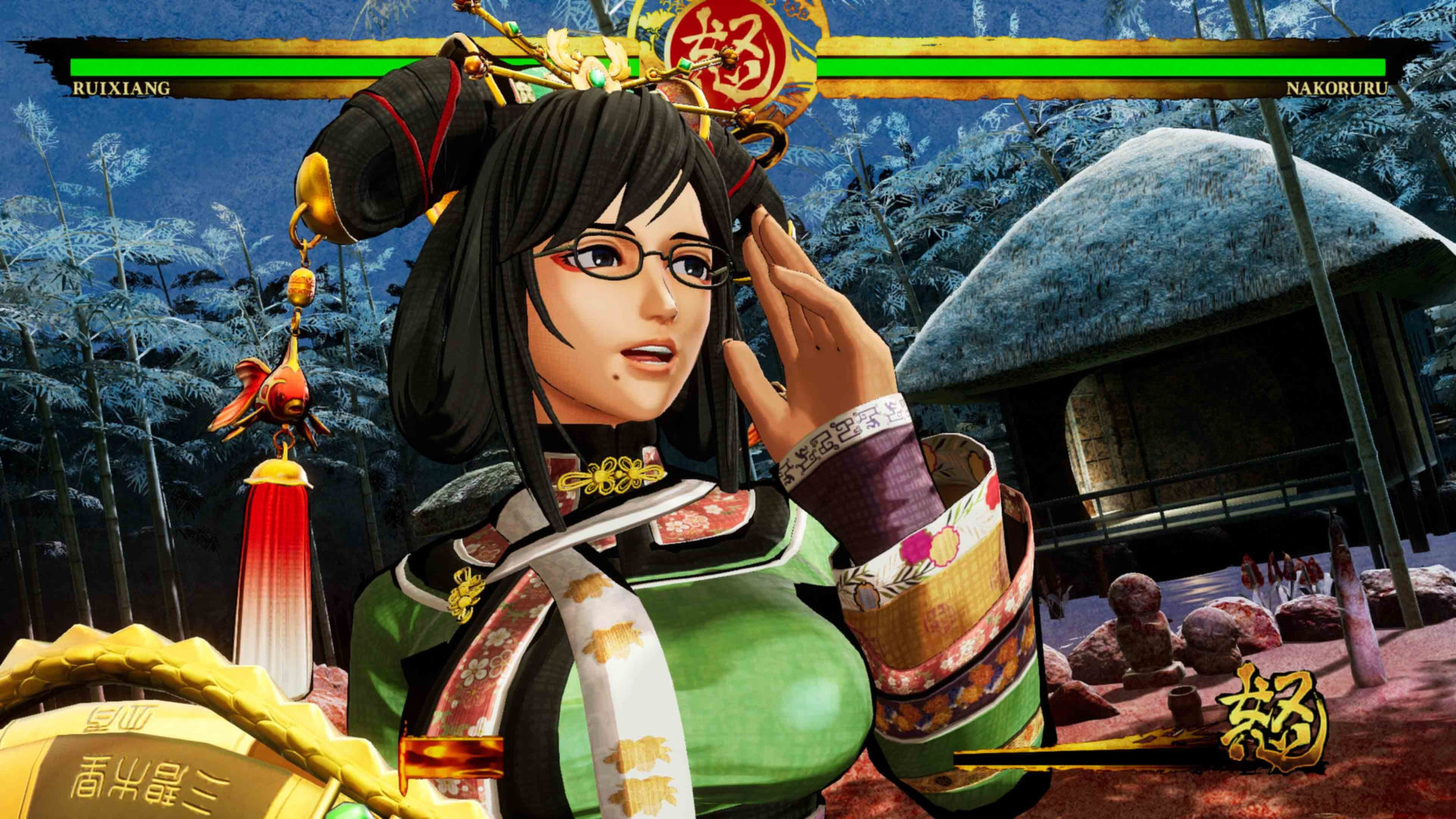
As nervous as I was about how new ideas might clash with the series’ classic gameplay, most of the additions to Samurai Shodown feel right at home, giving players new options in battle that don’t overshadow other, more traditional elements. I say most, however, because I’m really not happy about Lightning Blades. I’m sure people will tell me how they’re not broken, and how you can do this or that to avoid them, but the skill level required to pull them off is awfully low for how powerful they are. I’ve never been a huge fan of those “uber insta-kill” types of attacks, and I think they especially don’t belong in Samurai Shodown. The argument for Lightning Blades might be that they provide less-skilled players a way to come back against a stronger opponent, but in actual practice, I’ve seen them used far more by the dominant player to help keep their win secured. And, really, the game alreadyhas another option that provides the exact same tide-changer in Super Special Moves, which actually require skillful execution to reap their reward.
The other big piece to having a proper Samurai Shodown is the character roster, and Samurai Shodown pretty much gets it right. Along with most of the original cast, a few worthy later-era faces like Yoshitora and Shiki also come along for the ride. Then—in contrast to some of the nonsense Samurai Shodown V and VI forced upon us—we also get three new roster additions that justify their inclusion. Despite her questionable choice in attire, most exciting is Darli Dagger, a heavy hitter that can be brutal in the right hands. Meanwhile, Wu-Ruixiang seemed like total moe waifufodder at first, but her elemental-based attacks give her a unique playstyle—and I’ll admit to warming up a bit to her silly animations. Finally, there’s Yashamaru Kurama, who—well, he’s there. To me, he’s inoffensive yet uninteresting, but he’s sure to find at least some fans out there.
No matter if it’s the characters themselves, stage backgrounds, or even the UI elements, I have to point out just how beautiful of a game Samurai Shodownis. Coming on the heels of fun-but-fugly The King of Fighters XIV, this is such a huge step up in every way. The game itself resembles traditional Japanese art, and while I think SNK could always go further in making future titles look more like paint than polygons, it’s still a fantastic style. Outside of battles, even the menus and other interface elements show off a real sense of passion and care in this project. As much as I came to love Samurai Shodown’s gameplay, it’s the complete package—taking into account all of its elements—that makes this release truly feel like a worthy successor to the series.
Well—I suppose that if I was the emotional type who takes changes to those characters I adore harshly and personally, I mighttell you how much of a travesty Charlotte’s new outfit is, given her original design and what it represented. And how, outside of being offered her classic outfit in the near future as DLC, it’d be a point I’d endlessly bitch about to anybody that would listen. Thankfully, I’m not that type of person. Maybe.
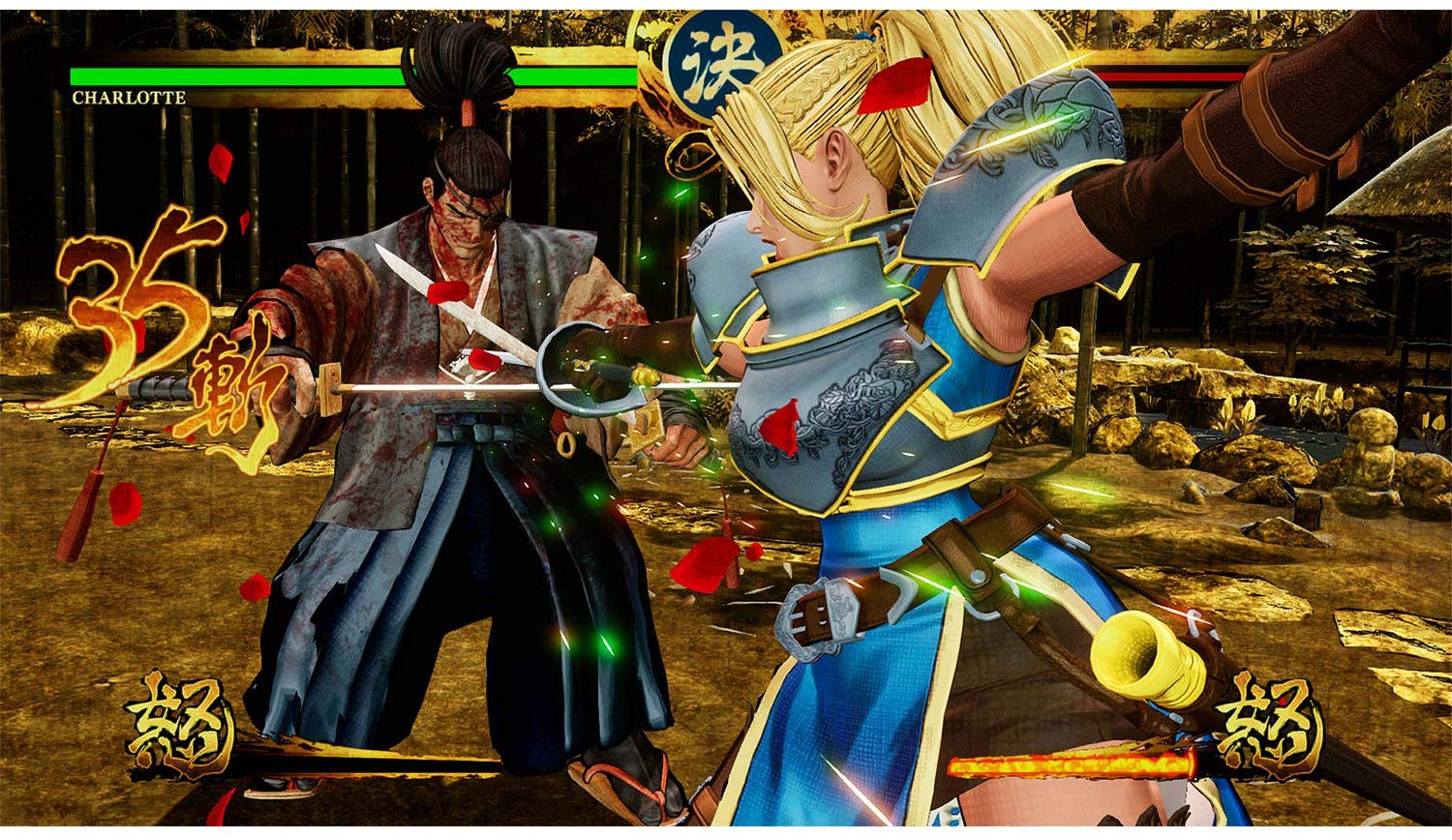
The one real chink in Samurai Shodown’s armor is one that centers around an argument that’s raged for years in the fighting game community: the importance, or lack thereof, of single-player content. I know that I’m supposed to consider all sides when reviewing any particular video game, but I’m just going to be honest here: Samurai Shodown’s solo modes are quite anemic, and I couldn’t care less. I played the original Samurai Shodown, along with its sequels, in arcades, I bought Samurai Shodown II for the arcade-hardware-at-home Neo Geo, and I’ve spent all of my years since playing various ports or ROM dumps of those original arcade releases. This is, and will forever be, an arcade series to me, so as long as I have an arcade mode to play through—which Samurai Shodown indeed includes—then I’m happy. Not totally happy, as I wish the story segments here were more like the classic cutscenes from the old days, and the final foe is way too easy compared to the infamous SNK bosses of yore. Mostly happy, though. Beyond that, there’s standard options like Time Trial, Survival, and Gauntlet (take on every character in the game one by one), and I really think that’s almost all we need. If you have to have overly complex dramatic storylines, deep single-player adventure modes, or that other type of stuff, then games like Mortal Kombat 11 and Super Smash Bros. Ultimate will be happy to have you. Is a fighting game good at the fighting game part? That’s what really matters.
To be fair, SNK did try one other idea for those not looking to face human opponents, and it’s the one place where I’ll criticize this portion of the game. In theory, the Dojo is a mode where you can fight against AI “ghosts” of actual human players, which are supposed to learn from and mimic their owners’ playstyles. Sadly, that is definitely not what is currently happening in Samurai Shodown’s Dojo, unless 99 percent of players out there subscribe to the “jump in place while throwing out a lot of random attacks” school of fighting.
In telling you that Samurai Shodown has a few legitimate faults that keep it from being as good as it could be, I do so shocked that it even got anywhere near that position in the first place. There’s no way, in 2019, we should be getting a new Samurai Shodown release that even holds a candle to the best moments of the series, and yet here we are, being handed what might be one of the franchise’s strongest chapters. Sure, it’s still no Samurai Shodown II, but it’s good enough to be a second choice when I want to mix things up—and those are words I’d come to believe I might never write.
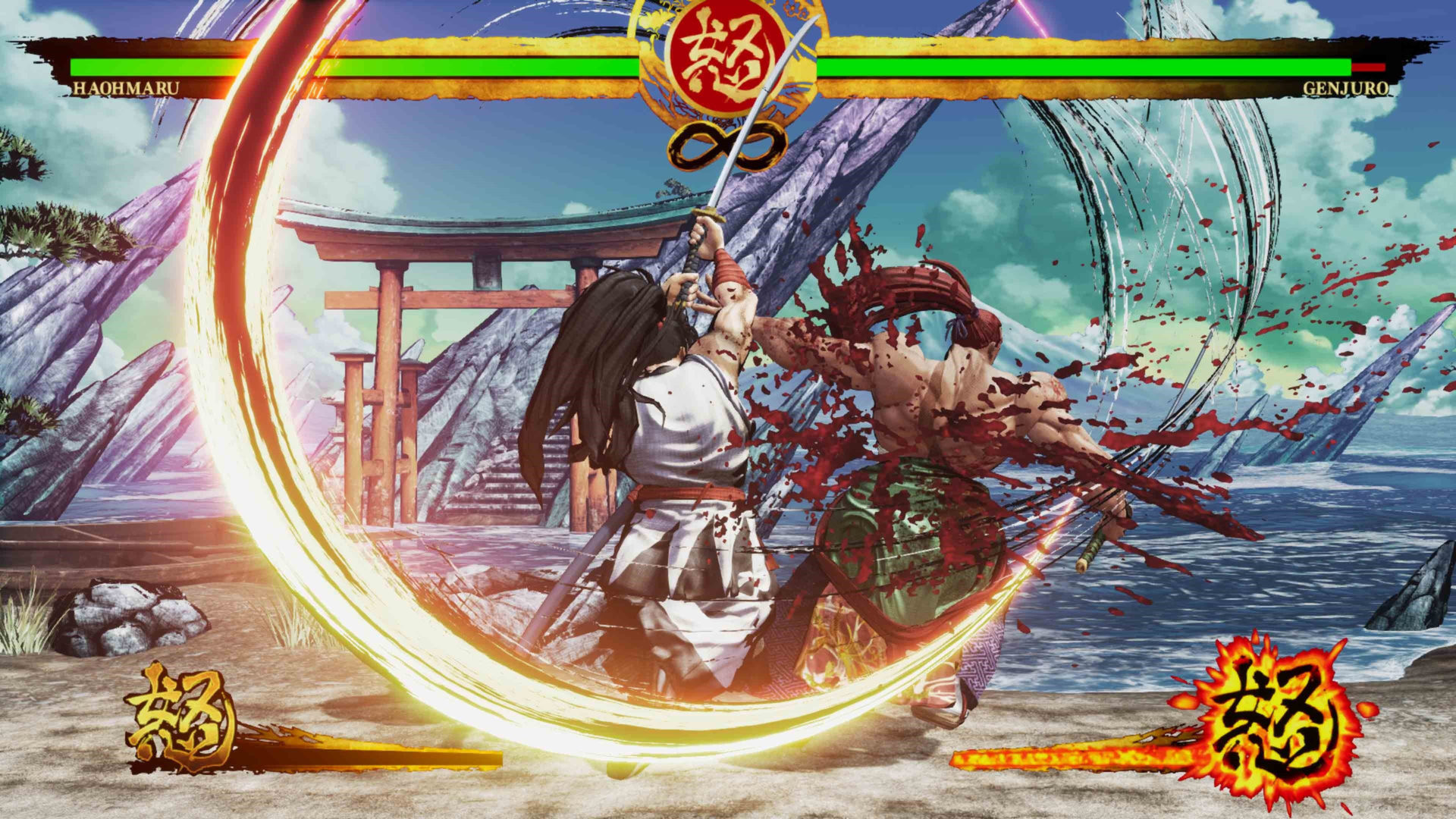
|
★★★★☆
Bucking the trend of “bigger, badder, louder, faster,” Samurai Shodown is a return to the glory days of SNK’s beloved sword-slashing fighting franchise. The slower, more thoughtful combat style the franchise is known for is on full display here, challenging players not just to be better at fighting games, but also smarter. Wrapped in a beautiful overall package and given some interesting new roster additions, Samurai Shodown is probably the best new chapter we could have ever hoped for. |
Developer SNK Publisher Athlon Games ESRB M - Mature Release Date 06.25.2019 |
| Samurai Shodown is available on PlayStation 4, Xbox One, and coming soon to Switch and PC. Primary version played was for PlayStation 4. Product was provided by Athlon Games for the benefit of this coverage. EGM reviews on a scale of one to five stars. | |

Mollie got her start in games media via the crazy world of gaming fanzines, and now works at EGM with the goal of covering all of the weird Japanese and niche releases that nobody else on staff cares about. She’s active in the gaming community on a personal level, and an outspoken voice on topics such as equality in gaming, consumer rights, and good UI. Check her out on Twitter and Mastodon.

